#Panama
Explore tagged Tumblr posts
Text
Stealth in Motion!
Two F-117 Nighthawks Stun with Low-Altitude Flybys.
#f117#f 117 nighthawk#stealth attack aircraft#fighter bomber#usaf#lockheed aviation#stealth bomber#military#aviation#fighter pilot#ufo sightings#area 51#usa#skunkworks#panama#cold war aircraft#invasion of iraq#gulf war aircraft#balkans war aircraft#afganistan war aircraft#syrian civil war aircraft#etc.....#aerospace#f 117 nighthawk flying until 2034#milavgeek#alex--max#fighterspirit#freedom
687 notes
·
View notes
Text

A 25FS A-10C Thunderbolt II (Miguel T. Tamondong) Mustang Edition.
@kadonkey via X
#a10#a 10 thunderbolt ii#a 10 warthog#republic aviation#gunship#fighter bomber#aircraft#usaf#aviation#cold war aircraft#panama#gulf war aircraft#Balkans war aircraft#gulf war 2 aircraft#afganistan war aircraft#global war on terror aircraft#Syrian civil war aircraft#Yemeni conflict aircraft
53 notes
·
View notes
Text
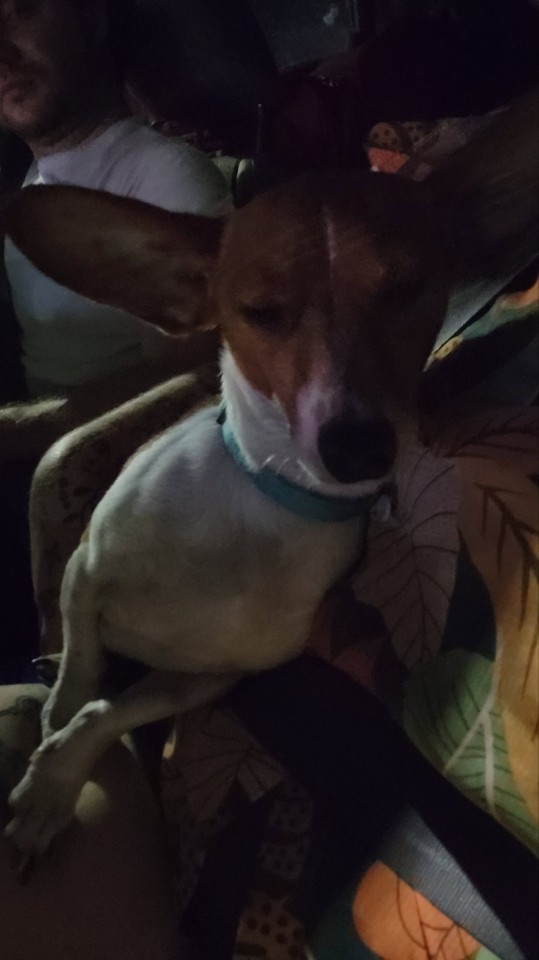
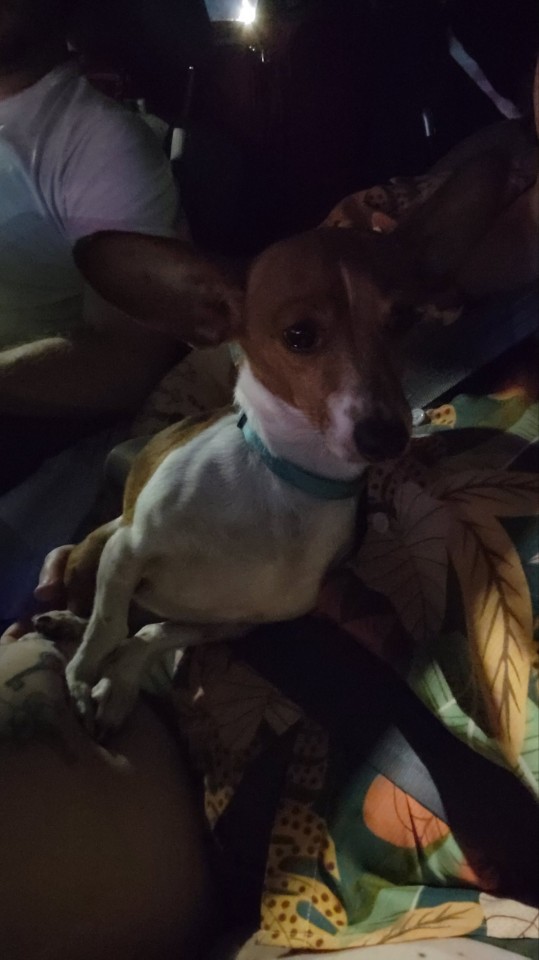
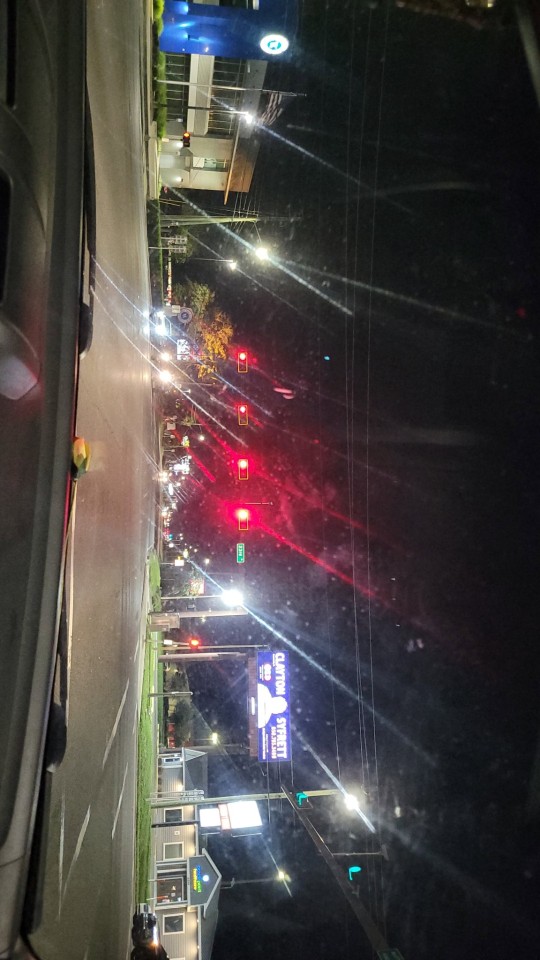
Got to ride go karts for the first time today and went to a great local coffee shop! Enjoying the nights here more and more, even the things that are normally mundane, like this intersection. I'm also glad to have the company of my dog, who is the best travel bud ever and literally the perfect size for this adventure. Since we all live out of a Honda CRV together (2 humans, 1 dog), him being 9.5 lb really works out great 😂 plus his big ears are like an alarm system in case of emergency fr 😭
#blogging#florida#florida nights#florida photos#dogs of tumblr#dog#russel terrier mix#nights#night time#boondocking#car camping#urban camping#stealth camping#boondocker#blog#blogger#panama city#panama
1 note
·
View note
Text
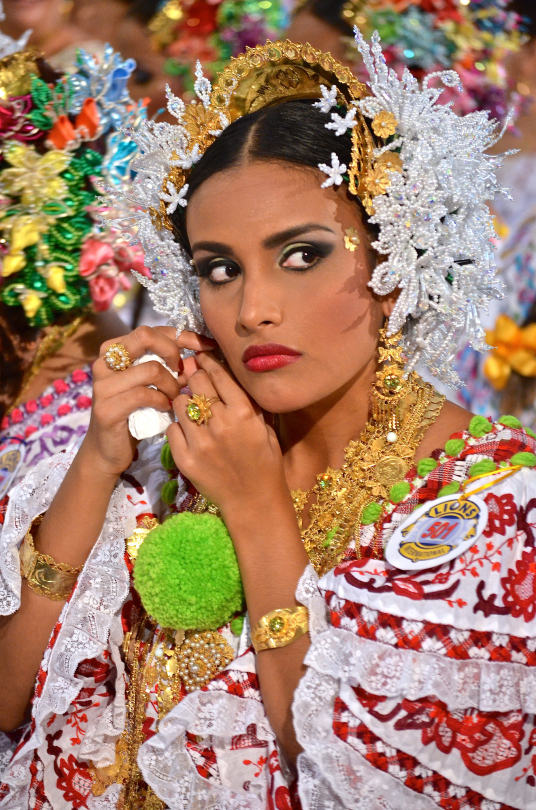
Las Tablas, Panama 🇵🇦
Photographer: Julio Puello (source)
#panama#panamanian#latam#latinoamerica#latino#pollera#traditional dress#photography#culture#traditional clothes#folk costume#central america#fashion#folklore
15 notes
·
View notes
Text
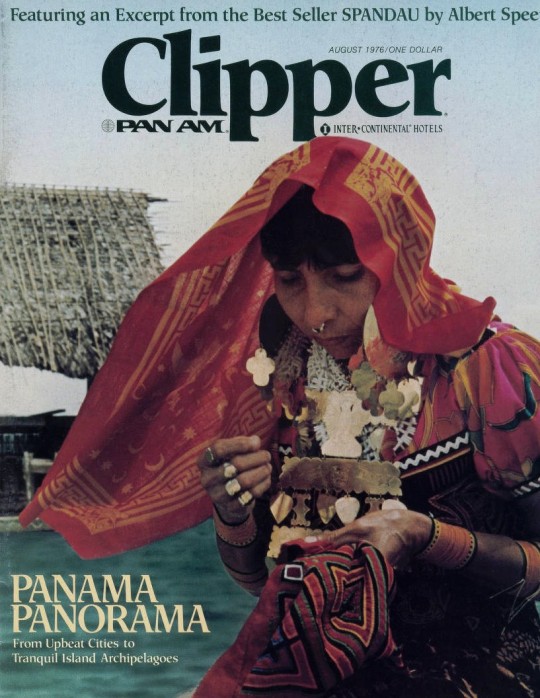
an indigenous Kuna woman of the San Blas Islands on the August 1976 cover of Clipper magazine
#kuna#retro magazines#clipper magazine#indigenous#1976#traditional clothing#jewelry#artist#panamanian#cuna#guna#san blas islands#panama#colombia#pan am#retro airlines
212 notes
·
View notes
Text

Panamanian Miku
#hatsune miku#miku fanart#vocaloid#international miku#panama#pollera#really channeled my aunts and cousins for that casual miku#1k
1K notes
·
View notes
Text

"Firmly support the people of Panama in their righteous anti-American patriotic struggle!" by Qian Daxin (1964)
578 notes
·
View notes
Text

Emberá woman, Panama, by Edgar Santana
491 notes
·
View notes
Text

590 notes
·
View notes
Text
Curly-Tailed Animal Pendant from Panama, c.350-450 CE: this gold pendant depicts an animal with stubby feet, a rounded head, and a long, thick tail curled up over its back

This design is often referred to as the "curly-tailed animal," and other pendants of the same style have been found in Panama, Colombia, and Costa Rica.

Above: two "curly-tailed animal" pendants from Panama, c.450-950 CE (top) and c.50-450 CE (bottom)
As this publication explains:
Among the intriguing and much-favored Panamanian cast pendants is the curly- tailed animal, a form that is found in both Colombia and lower Central America. Believed to date to as early as the second century A.D., when gold working was introduced into Panama from Colombia, the Panamanian versions are said to belong to the "Initial" style. The curly- tailed animals, so called for the impressively large tails that extend up over their backs, vary considerably in detail and have been identified as everything from dogs to ducks, but the tail, at least, is thought to be simian in derivation. It is clearly the significant element of the composition, and, when the pendant was worn, the tail would have been the most visible part of the ornament.
Produced for centuries in lower Central America, the "curly tails" were rendered in both gold and semiprecious stone; they were one of the few ancient images to be made in both materials.

Above: a "curly-tailed animal" pendant made of agate, c.100-800 CE
This page also expands on the blended characteristics that define the "curly-tailed animal" style:
Artists in the lands that are now part of the modern nations of Colombia, Panama, and Costa Rica created pendants and figures of a hybrid creature known to scholars as the curly-tailed animal.
The diversity of zoological attributes present on this and similar pendants precludes a definitive identification of any specific animal, but the capuchin monkey (Cebus capucinis), coatimundi (Nasua narica), or even domestic dog (Canis lupus familiaris) may have provided inspiration.

Why Indigenous Artifacts Should be Returned to Indigenous Communities
Sources & More Info:
The Metropolitan Museum of Art: Curly-Tailed Animal Pendant
The Metropolitan Museum of Art: Curly-Tailed Pendants 2, 3, 4, and 5
Cleveland Art Museum: Agate Animal Pendant
Museum Publication: Gold of the Americas (PDF)
#archaeology#artifact#anthropology#history#curly-tailed animal#pendant#gold#jewelry#ancient art#mesoamerica#central america#panama#pre columbian#jade#pretty sure that's a charmeleon
275 notes
·
View notes
Text

@refuled via X
#a10#a 10 thunderbolt ii#a 10 warthog#republic aviation#gunship#fighter bomber#aircraft#usaf#aviation#cold war aircraft#panama#gulf war aircraft#Balkans war aircraft#2nd gulf war aircraft#afganistan war aircraft#Syrian civil war aircraft
385 notes
·
View notes
Text
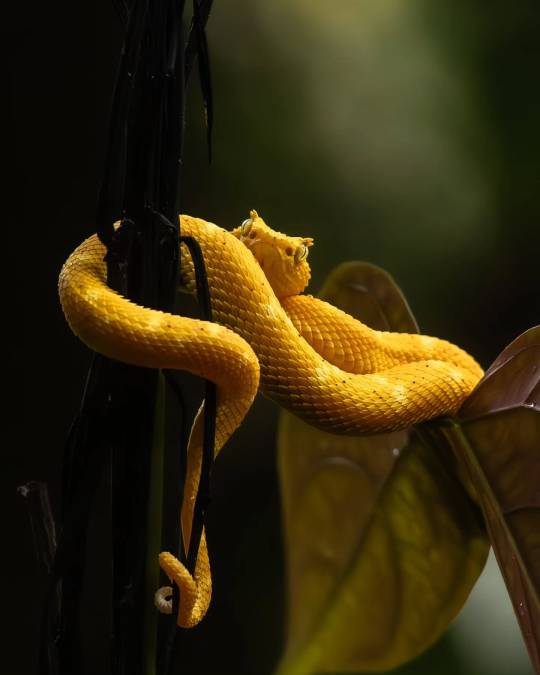
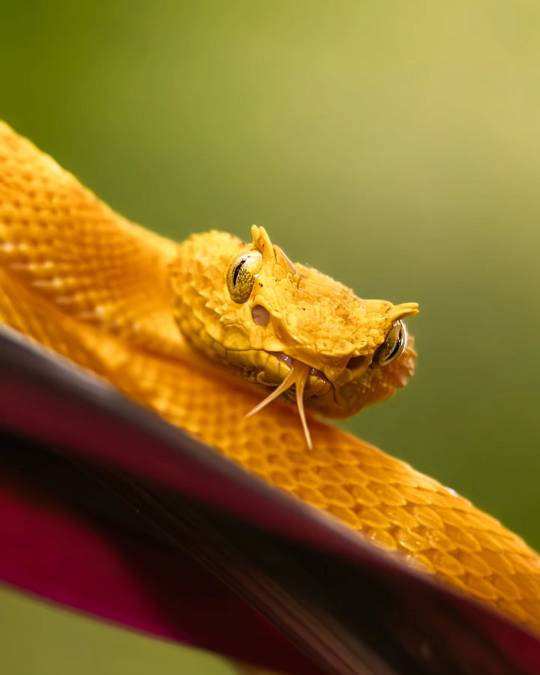
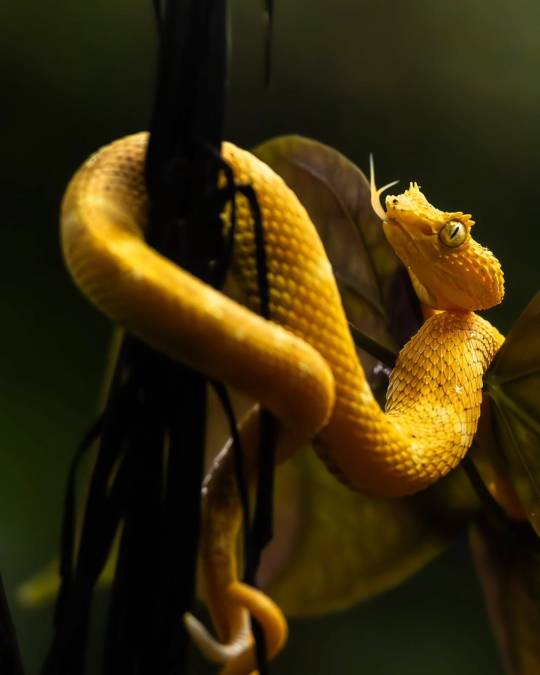
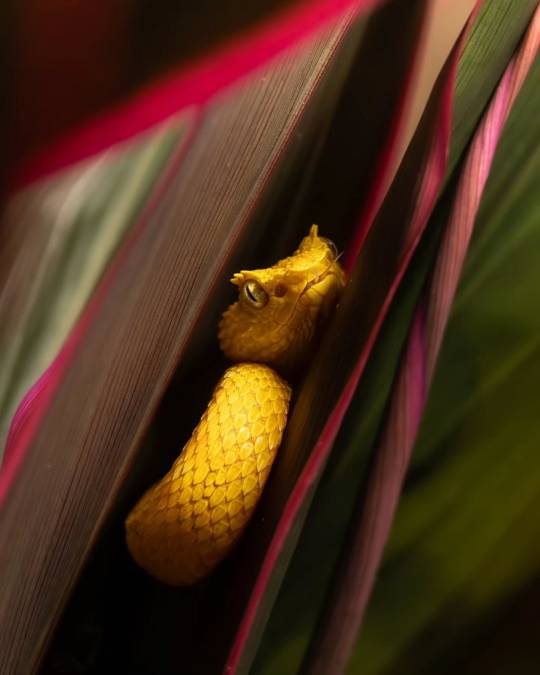
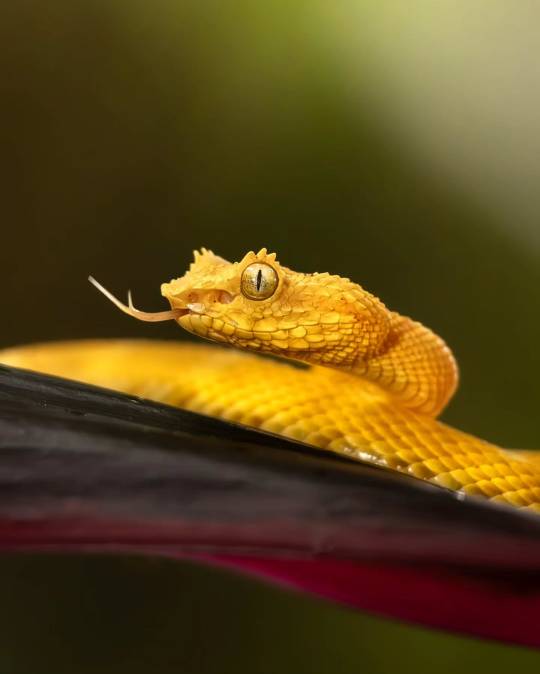
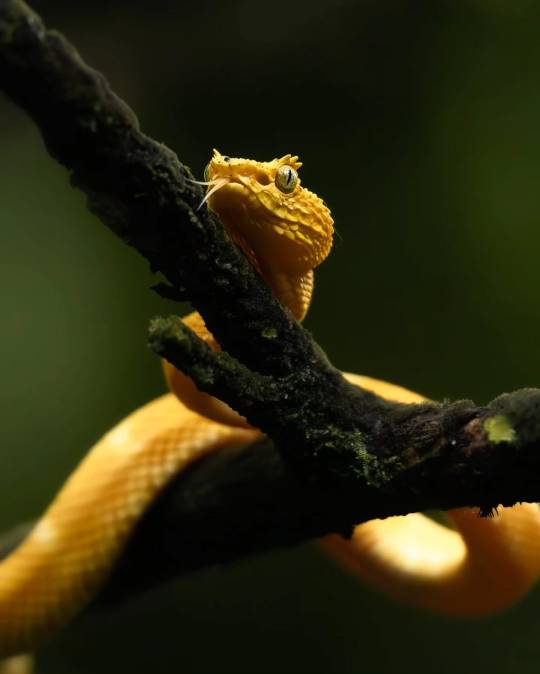
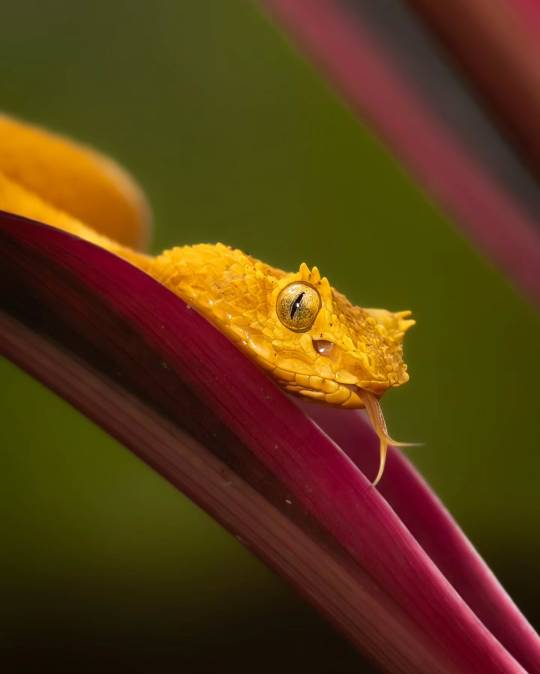
" La vibora de pestañas " // © Daniel Collado
#Portobelo#Colon#Panama#nature#landscape#Portrait#Wildlife#Reptiles#Serpent#Snake#Predators#forest#trees#photography#aesthetics#wanderlust#explore#follow#discover
177 notes
·
View notes
Text

Playa Bonita - Panama (by Michael Levine-Clark)
#Playa Bonita#Panama#America#Nature#Landscape#Outdoor#View#Viewpoint#Sunset#Photography#Travelling#Traveling#Tourism#Holiday#Urlaub#Reisen#Vacation#Fotografie
228 notes
·
View notes
Text
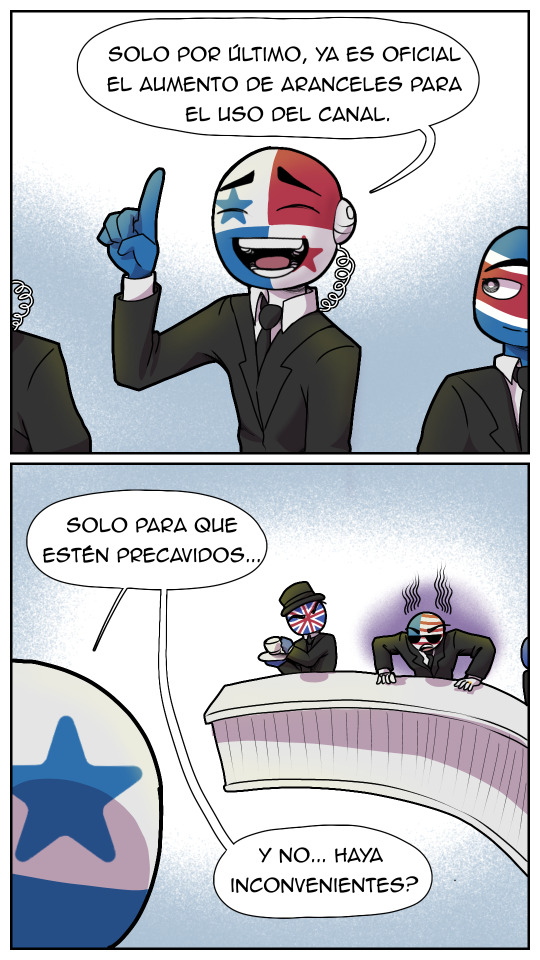


Nadie le grita así a panamá (¬、¬)...
246 notes
·
View notes
Text




Blaze Up
@_desire
@thicksexyasswomen46🌴����
171 notes
·
View notes